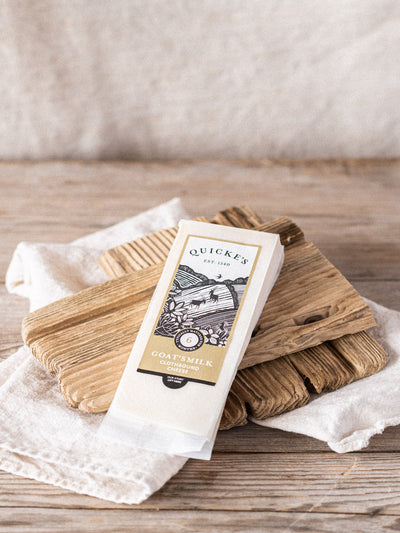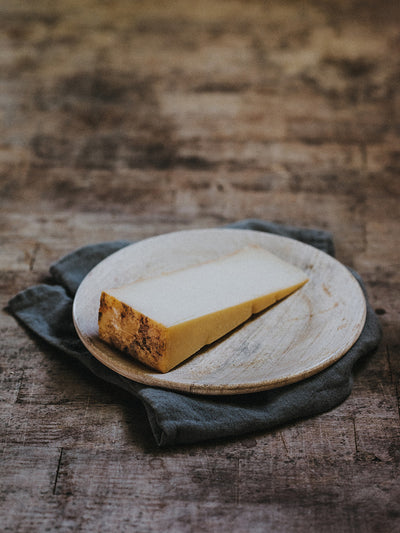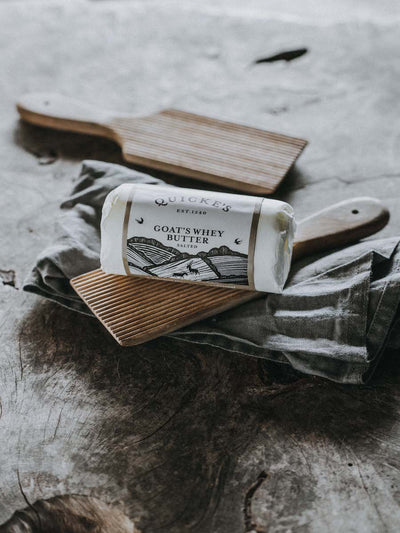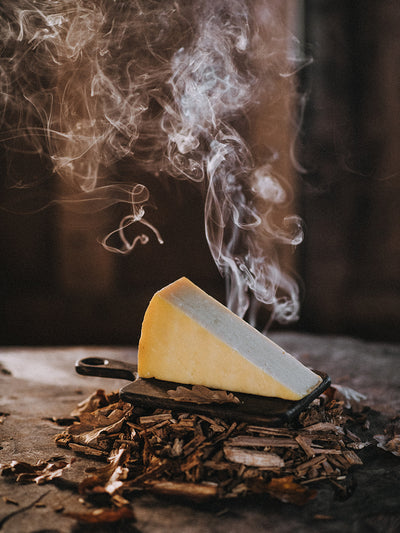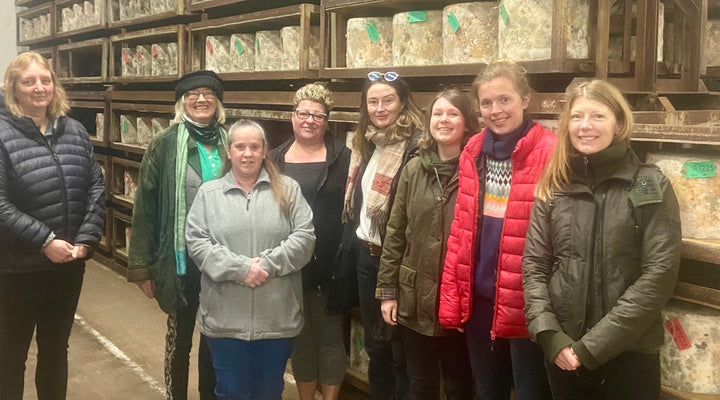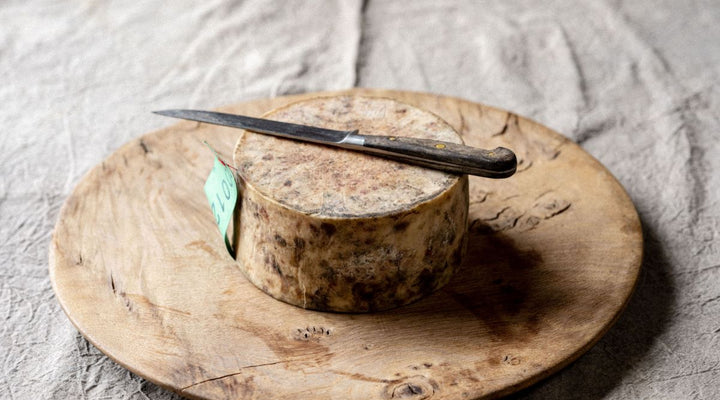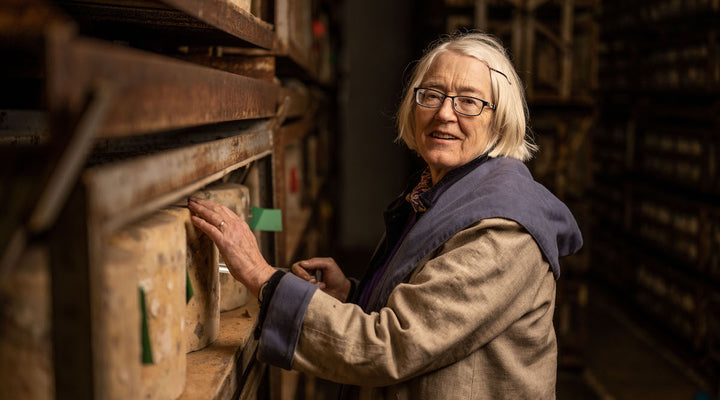NATURE
The dead time of year comes upon us. The sun is lower, and the woods are lighter, bare branches above, not the thick bower of leaves of the summer. Undergrowth recedes. The robin gets bold, and enquires what delicious worms I might be exposing when I work in the garden. And the new year is already forming: bramble shoots underground, the catkins already formed on the hazel trees. Sunlit days feel a privilege, bright on your eyes, warm on your skin out of the wind.
ARABLE
The crops are in the ground, the promise of the year to come. The wheat and oats thrived in the kind autumn, and will become somnolent, enduring colder weather and storms while the light is at its dimmest. I’m so happy to see some of our long-term arable fields restored to grass and clover. The soil opens, breaths a sigh of relief. It’s always been the problem for me of continuous arable: it harvests all the organic matter from the soils, leaving it slumped and short of air: organic matter from animals and grassland provides the life and bounce to the soil. Grassland is soil’s R & R, animals ‘the golden hoof’ as the old farming term is, nourishing the soil.
COWS
We are grazing the last round of pasture. How late we graze depends on how wet it is: if it continues to be cool and dry, we will graze till Christmas, and we have stored some grass that has grown for longer to act as ‘standing hay’. The cows will graze some, and trample some, giving a carpet to protect the soil.
Autumn calving cows are now getting in calf, and in full milk. They will go out to graze what they can in the day till the middle of December. The spring cows are coming to the end of lactation. Through December they go on their winter holidays to rest whilst their unborn calves grow. We have roots in the ground, fodder beet and stubble turnips (a magnificent crop of these), to feed them. We’ve set up silage bales in the field to vary their diet, and strips of grassland to give some less muddy standing. After last year, we’ve also cleared a barn that had got taken over by grain and machines if the weather is too harsh. Outwintering is lovely if the weather is kind. Even if it’s not, we want the cows to have a kind roof over their heads to protect them.
The milk moves from grazing-based to all silage-fed, and most of the milking cows’ silage is grass and clover silage. The milk still retains much of its grass fed colour, even if the glorious aromas of pasture are reduced.
CHEESE
It’s lovely to see the milk in the vats, steaming in the cold weather. We keep the cheeses in the press warm by laying cloths over the moulds to make sure the rinds seal properly. The cheese stores now seem warm, although our outside temperatures these days rarely gets much lower than the stores for long.
We are packing cheese up into many more little packs, as deli counters and restaurants have struggled with the lockdowns. It’s lovely that people are reaching out to buy cheese direct from us, a real bonus of this crazy time. We love being in direct contact with the people who enjoy our cheese, it’s so rewarding to hear your appreciation.
Thank you for all your support this year. Merry Christmas and a Happy New Year!
MARY QUICKE

